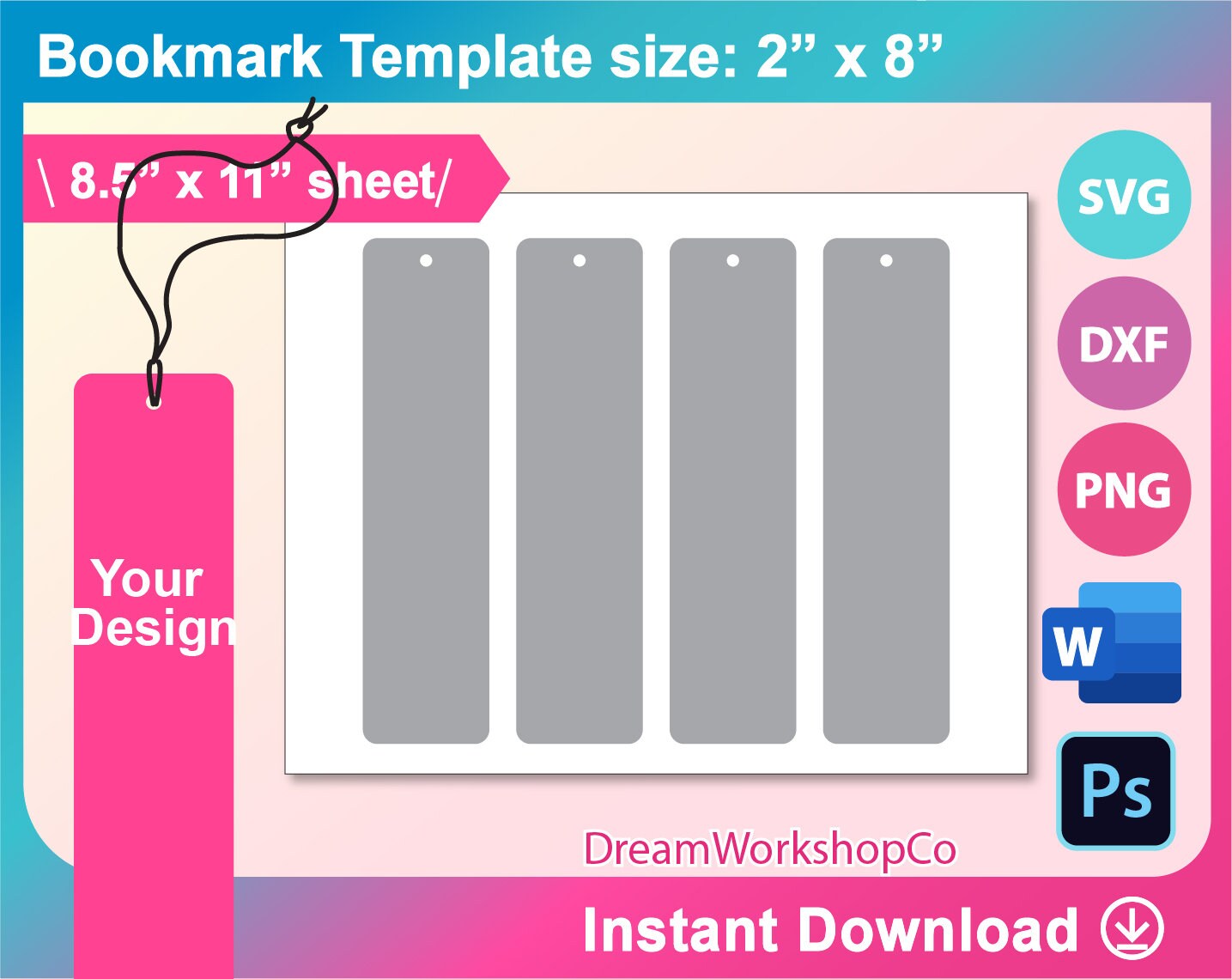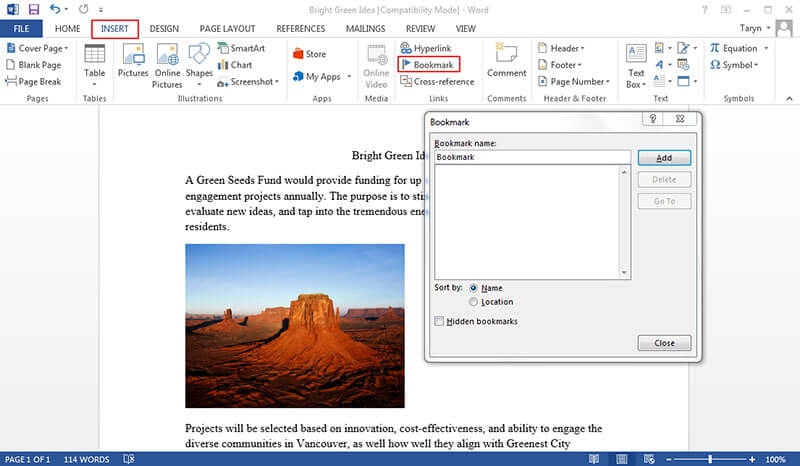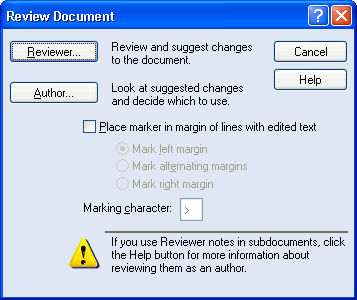
Press once to display the characters press a second time to hide them.Īlternatively, you can click the paragraph icon that is located on the Standard toolbar in versions of Word up through Word 2003 and in the Paragraph group on the Home tab in Word 2007. That key combination, which works in all recent versions of Word, is a toggle. To display or hide the non-printing characters, press the key combination Ctrl Shift * (asterisk) - the asterisk is located above the number 8 in the row of number keys at the top of your keyboard.
VIEW BOOKMARKS IN WORD PERFECT HOW TO
How to Display or Hide the Non-Printing Characters The reason is that the displayed codes do take up space in the document, and they can bump a citation to the next page, such that when you generate, the pagination in the TOA (and/or TOC) will be incorrect.Ĭodes used to mark Index entries, ordinarily invisible, also will appear when you display the non-printing characters. (The same is true if you use TC codes to mark the Table of Contents, or TOC.) CAUTION: Although those codes won’t print when you send the document to the printer, you need to remember to hide the non-printing characters before generating the TOA (and/or TOC). In addition, when you display the non-printing characters, you will see any codes you have inserted to mark items for inclusion in a generated Table of Authorities (TOA).


That symbol indicates that someone has applied one or more of the following Line and Page Break options found in the paragraph dialog: Keep with next, Keep lines together, Page break before, or Suppress line numbers (the mark doesn’t appear if Widow/Orphan control or Don’t hyphenate has been applied). End-of-cell and end-of row markers in tables (depicted as a circle with lines coming out of it to me the symbol looks something like a mini-sun) these markers contain formatting codes for the individual cell and row, respectivelyĪnother non-printing character you’ll see at times is a small black square that appears in the margin to the left of a paragraph.Object anchors, used to pin graphics or other “floating” items to a particular location in a document (depicted as an anchor).Non-breaking (“hard”) hyphens, inserted when you press Ctrl Shift hyphen (which looks almost exactly like an en dash but is slightly higher up).Optional or conditional (“soft”) hyphens, inserted when you press Ctrl hyphen (depicted as a hyphen with a short vertical extension at the right side).Hidden text (depicted as a dense line of dots - usually colored a shade of purple - immediately underneath the text)**.Column breaks (depicted as a dotted line with the words “Column Break” in the middle).


More about the non-printing characters in Word (all versions)


 0 kommentar(er)
0 kommentar(er)
